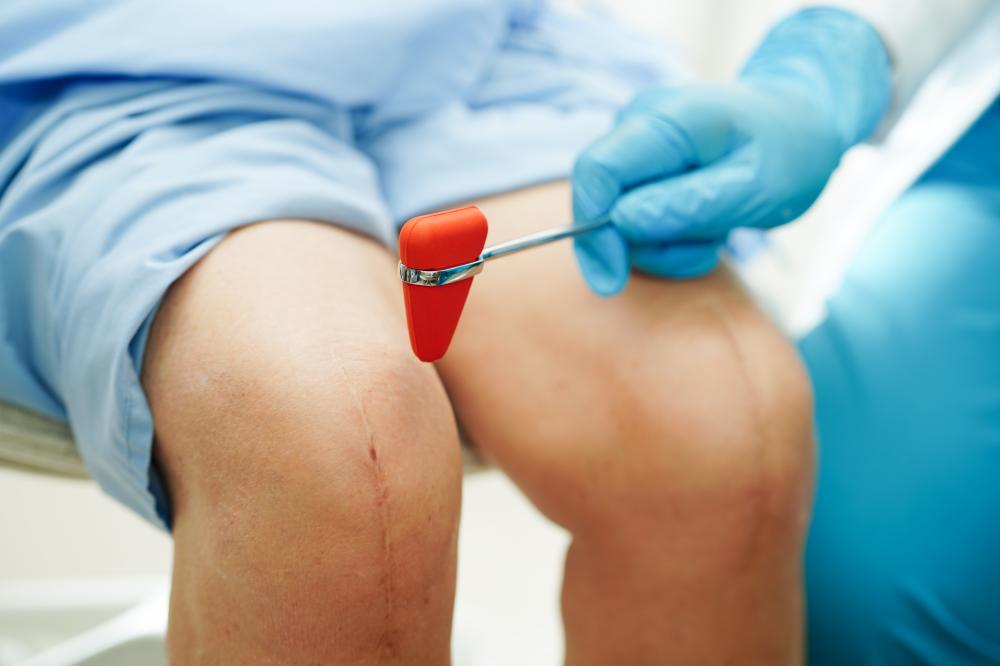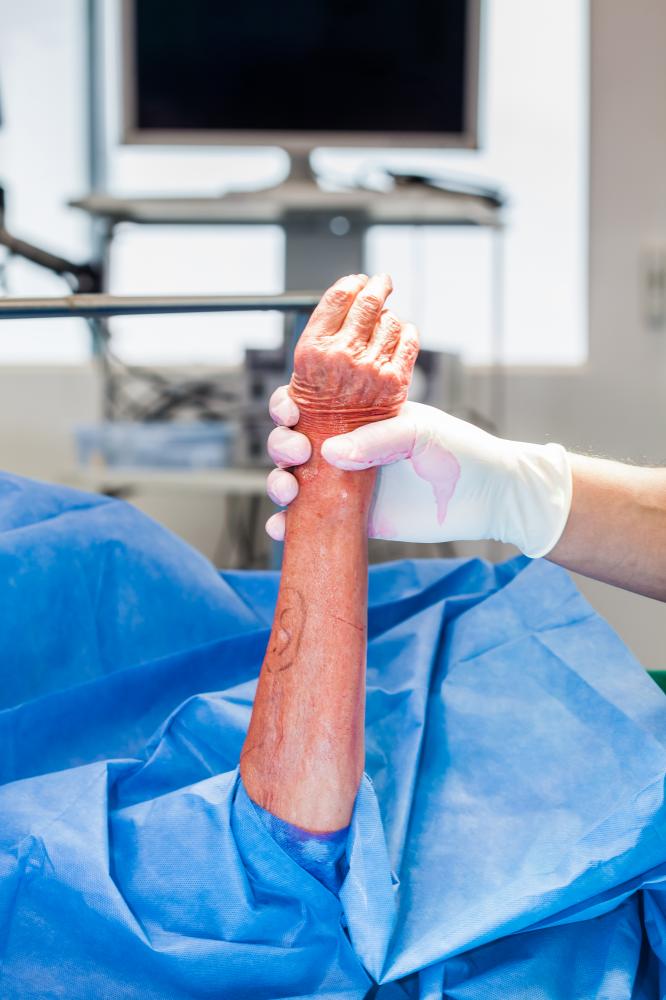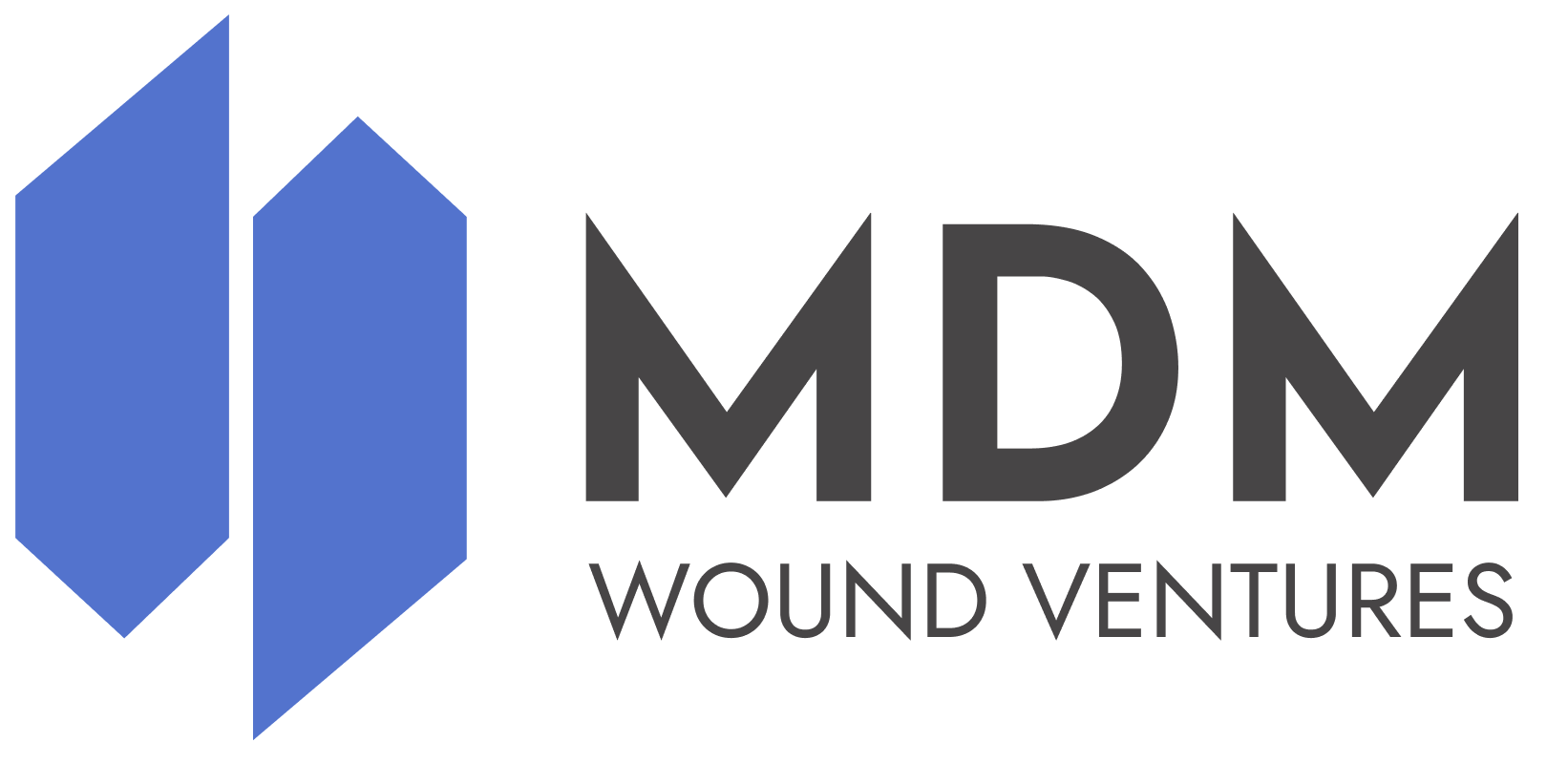Table of Contents
The Essence of Wound Debridement and Essential Instruments

When we talk about healing wounds effectively, the process of wound debridement is paramount. This clinical procedure is not just about removing non-viable tissue–it’s a crucial step towards promoting optimal wound healing. When approached with skill and the right wound debridement instrument, the results can be transformative for patients suffering from chronic wounds.
Given our commitment to aiding healthcare professionals, we at MDM Wound Ventures have been driving innovation in this field. Our renowned EZDebride, for instance, personifies precision and efficiency, reflecting our dedication to advancing wound care practices.
Leveraging my experience in the wound care sector, I have had the opportunity to witness firsthand the profound impact that a meticulously designed wound debridement instrument can have on patient outcomes. A tool that is intuitive to use and effective in action is not just a medical device, but a beacon of hope for those in recovery.
Sharp Debridement: The Gold Standard and Its Instruments
Sharp debridement is considered the gold standard in wound care for its precision and effectiveness. Throughout my tenure, sharp debridement tools have evolved, but the principle remains the same: remove necrotic tissue swiftly and minimize damage to healthy tissue.
When employing a wound debridement instrument such as a scalpel or our own EZDebride, the precision and control it affords clinicians are unmatched. These instruments provide an unparalleled level of detail, allowing for meticulous removal of dead tissue.
However, not all wounds are alike, and sometimes, the clinical judgment of an experienced professional dictates the use of other methods. This is where the versatility of a wound debridement instrument matters–being suitable for a range of wound types without compromising patient comfort.
From scalpels to curettes, each instrument has its role, yet I’ve witnessed EZDebride adapt to the most demanding situations, affirming our design philosophy: create tools that empower clinicians to deliver the best care possible.
Diversity in Debridement: Autolytic, Enzymatic, and Mechanical Methods
While sharp debridement reigns supreme, there are scenarios where other methods are preferable. In my professional journey, I’ve seen the value in having a range of debridement options available, such as autolytic, enzymatic, and mechanical debridement.
Each approach requires its respective wound debridement instrument or agent. Autolytic debridement benefits from moisture-retentive dressings that enable the body’s own enzymes to gently break down dead tissue. This method is a testament to the body’s innate ability to heal when given the right environment.

Enzymatic debridement calls for the application of collagenase or other enzymes to selectively digest necrotic tissues. In contrast, mechanical methods might utilize pads, gauze, or irrigation to remove debris. These varied techniques exemplify how wound care is both an art and a science–requiring a deep understanding of the wound’s nature and the patient’s condition.
Innovative Debridement Instruments: Promising New Frontiers
In the relentless pursuit of excellence in wound care, we continually explore new frontiers, seeking to refine and innovate the wound debridement instrument to address unmet needs.
One area of exciting progress that I’ve been privileged to be a part of is the development of smart debridement instruments. These devices not only debride tissue but also provide clinicians with data and insight on wound characteristics. Imagine a wound debridement instrument that adjusts its technique based on tissue resistance or provides real-time feedback. This isn’t just a concept–it’s the future we’re aiming to realize.
Our EZDebride is a forerunner in this evolving landscape. It stands as an exemplar of what can be achieved when we focus not just on the functional requirements of debridement but also on the user experience for both clinicians and patients.
The ingenuity behind such innovative instruments signifies our ethos at MDM Wound Ventures: to always push the boundaries of what’s possible and to equip healers with the tools they deserve.
A Patient-Centered Approach to Debridement
Amidst all the technical aspects of wound care, it’s crucial to remember that at the center of it all is the patient. A patient-centered approach is fundamental, and every wound debridement instrument we develop is designed with this in mind.
In my encounters with patients, their comfort and healing journey have always been the priority. Our OTC WOUND KIT, for instance, was conceived out of the necessity to make debridement accessible and less intimidating for patients at home.
Moreover, as practitioners, we must always be empathetic listeners and educators, using our knowledge and tools to not just treat wounds but also to comfort and reassure. The right wound debridement instrument can make all the difference in a patient’s experience.
This is the human side of wound care that we at MDM Wound Ventures hold dear–a principle that shapes our innovations and guides us in our mission to improve lives.
Empowering Healthcare Professionals with Advanced Tools
Empowering healthcare professionals with advanced debridement tools is at the heart of our mission. We recognize that their expertise, paired with our wound debridement instrument options, can lead to remarkable healing outcomes.
The significance of equipping medical teams with state-of-the-art instruments cannot be overstated. When clinicians have access to tools like EZDebride, they’re not just performing a procedure; they’re artists restoring the canvas of the human body.
Our invitation to healthcare professionals is clear: Explore the potential of our wound debridement instrument, and allow us to support you in your noble endeavor of healing. Reach out to us, and let’s make a tangible difference in the lives of those entrusted to your care.

Should you wish to delve deeper into the world of advanced debridement tools, including our pioneering EZDebride, or if you’re seeking a demonstration, please don’t hesitate to contact us at sales@mdmwoundventures.com or call 888-884-7515. Our team is eager to assist and elevate your practice to new heights.
What tool is used for debridement?
At MDM Wound Ventures, we understand the importance of precision in wound debridement, which is why we champion the use of specialized tools like scalpels and our proprietary EZDebride device. These tools are designed to provide clinicians with the control necessary to remove necrotic tissue effectively while preserving the surrounding healthy tissue. Our EZDebride, particularly, delivers on this promise with its innovative design that enables meticulous debridement across various wound types. Think of it as an artist’s fine brush, allowing the clinician to carefully restore the delicate balance of the skin’s canvas.
What can I use to debride a wound?
In my years of experience in the wound care sector, I’ve been part of many healing journeys where the right environment makes all the difference. Autolytic debridement using moisture-retentive dressings is a gentle method that works with the body’s natural healing processes. Enzymatic debridement creams, such as collagenase, are another choice, selectively targeting dead tissue without affecting the living cells. For mechanical debridement, tools like pads and gauze might come into play, demonstrating the breadth of the toolkit available to healthcare professionals depending on the patient’s specific needs.
What is a debridement kit?
The concept of the debridement kit is built around convenience and efficiency. Our OTC WOUND KIT is a prime example–it’s a comprehensive set that includes all necessary tools and instructions to enable patients or caregivers to perform debridement in the comfort of their homes. This kit is designed with a patient-first mindset, ensuring that the process is not only effective but also as comfortable as possible. By equipping patients with such kits, we extend professional care into the home, empowering individuals to manage their recovery with confidence.
What blade is used for debridement?
A scalpel blade is often the instrument of choice for sharp debridement due to its precision. However, it’s not the only option. The EZDebride device features a revolutionary blade design that adapts to various wound contours, providing an optimal balance between sharpness for cutting through necrotic tissue and safety to minimize the risk of damaging healthy tissue. It’s a testament to our commitment at MDM Wound Ventures to innovate and provide clinicians with tools that are not only effective but also consider the patient’s experience during wound care treatment.
How does EZDebride differ from traditional scalpels?
What sets EZDebride apart from traditional scalpels is its unique design, tailored to enhance clinician experience and clinical outcomes. Traditional scalpels require a very steady hand and can be intimidating for the patient. EZDebride, on the other hand, is engineered for ergonomic use, offering an intuitive grip that translates to more controlled, confident motions during debridement. It’s a prime example of how we balance function with user experience–ensuring that even the most complex debridement procedures are made simpler and more accessible.
Are there any innovative advances in debridement instruments on the horizon?
Indeed, the future looks promising for wound debridement instruments. At MDM Wound Ventures, we’re actively exploring smart debridement devices that integrate data and provide insights to clinicians in real-time. Picture a device that can adapt its method based on tissue resistance, or one that offers feedback during the procedure–this type of innovation is on our roadmap. As part of our commitment to revolutionize wound care, we’re not only anticipating the needs of tomorrow but actively working to create solutions that bridge current gaps in care and enhance the overall experience for both clinicians and patients.
Resources for Wound Debridement
-
Centers for Disease Control and Prevention – Provides comprehensive information on wound care, infection prevention, and treatments.
Visit CDC Wound Care -
National Institute of Health – Offers an array of publications on wound healing, debridement techniques, and current research findings.
Visit NIH Wound Healing -
American College of Surgeons – Delivers guidelines and educational resources on surgical wound care and debridement practices.
Visit ACS Wound Care Guidelines -
Wound Healing Society – Provides guidelines and resources for healthcare professionals dealing with wound care management.
Visit Wound Healing Society -
Agency for Healthcare Research and Quality – Offers research updates and clinical information on best practices in wound care and management.
Visit AHRQ Wound Care -
MedlinePlus – A service of the National Library of Medicine, providing trusted health information on wound care and debridement.
Visit MedlinePlus Wound Care Instructions -
World Health Organization – Offers international standards and resources on wound and skin care management.
Visit WHO Skin Care

